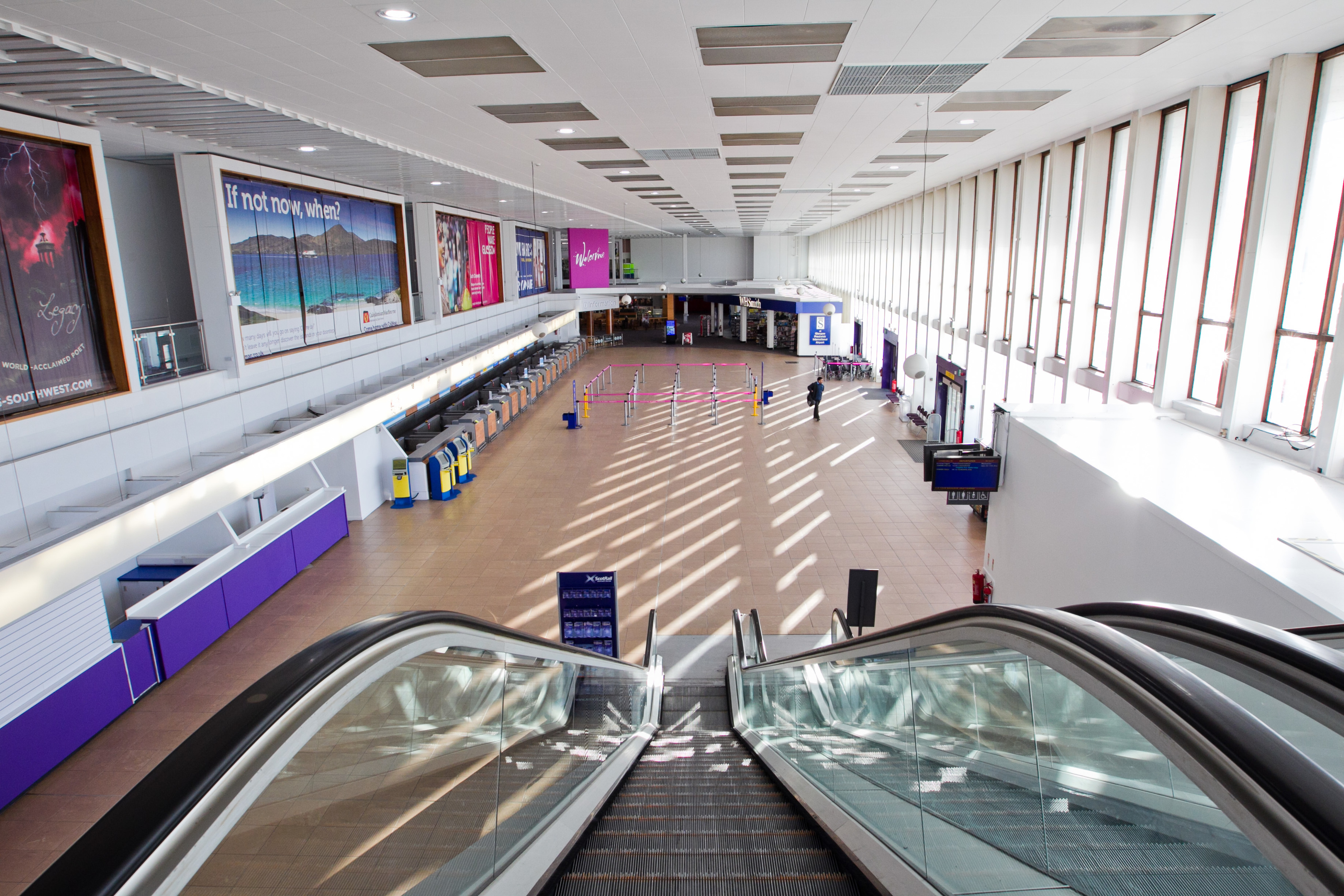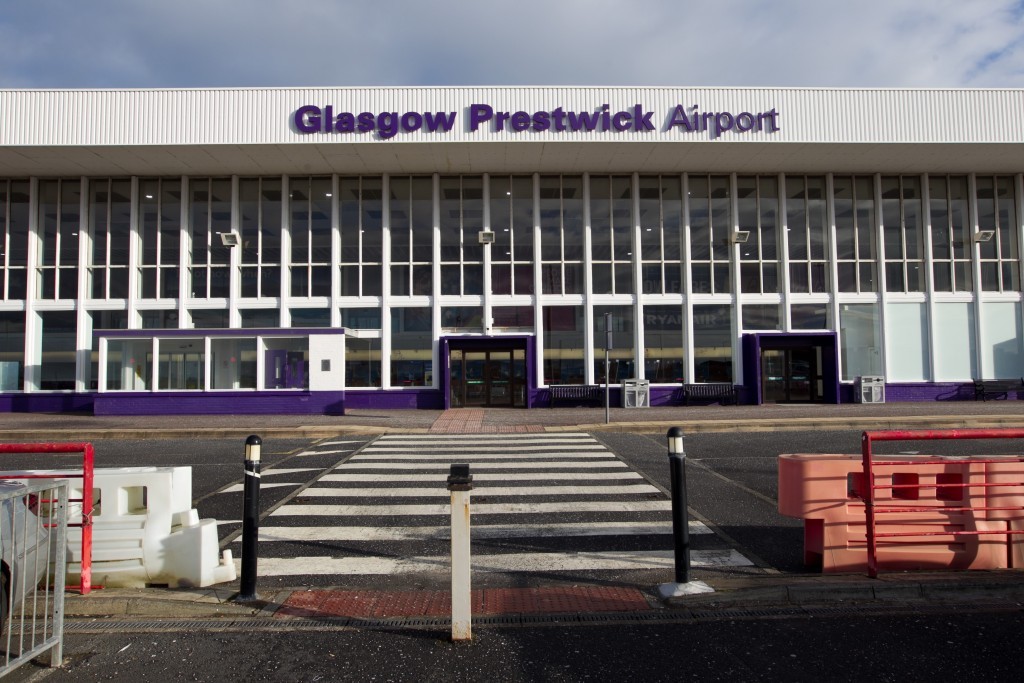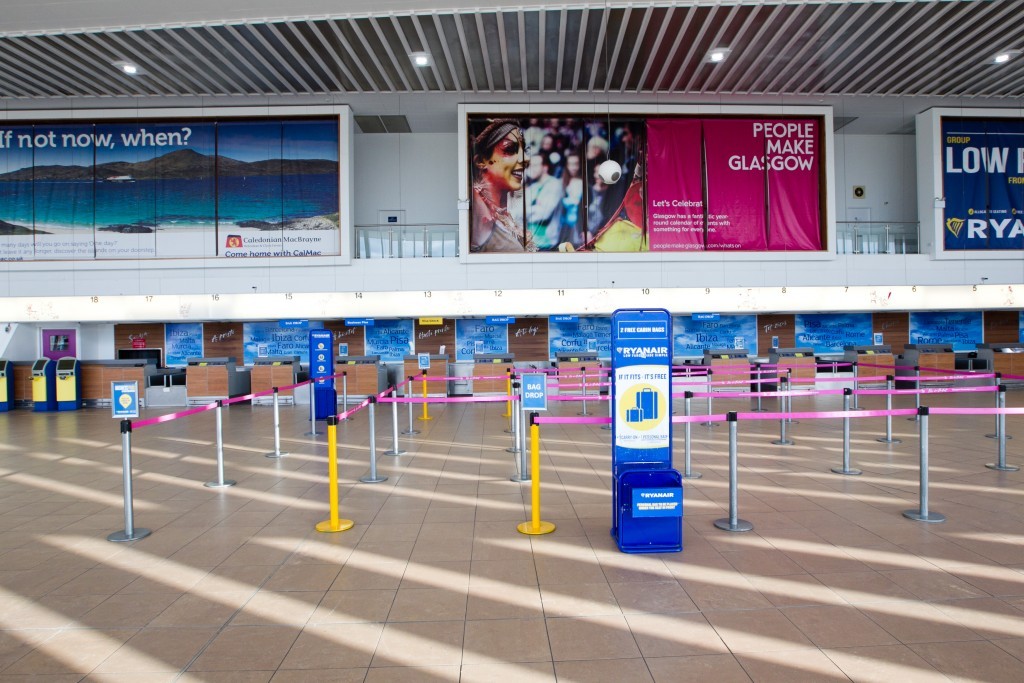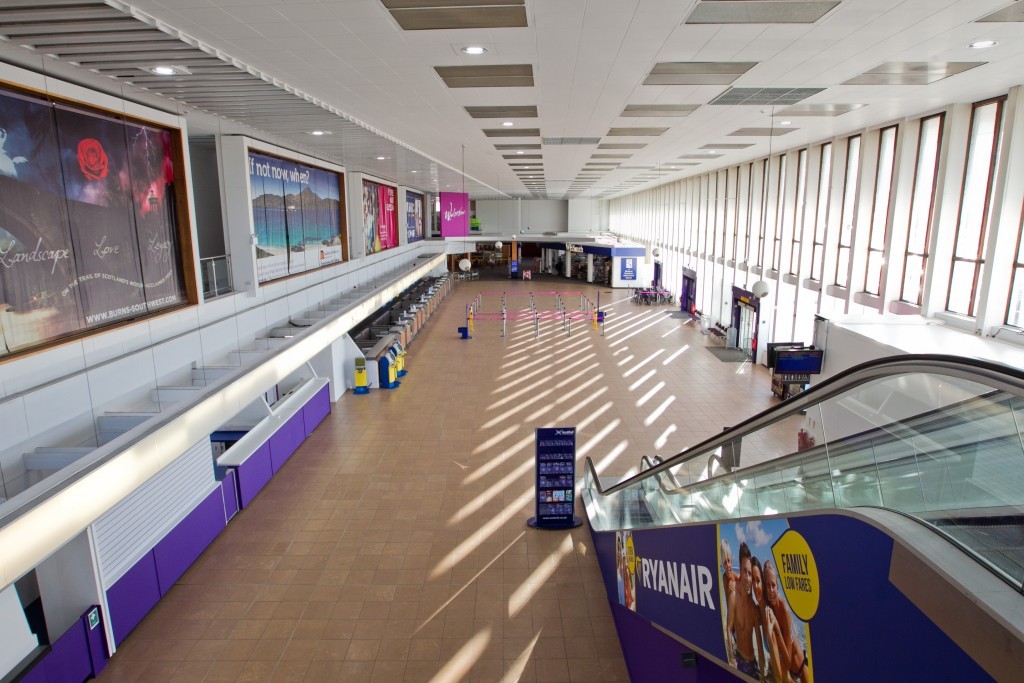
A Sunday Post investigation has lifted the lid on the extent of the dire financial struggle facing the loss-making hub since it was bought by the Scottish Government for just £1 in 2013.
Prestwick has shed nearly two million passengers in the space of just seven years at a time when every other major airport is booming.
Our probe has revealed:
- The airport has twice missed passenger growth targets even though they were nearly halved when it was bought by the Government.
- Prestwick has been forced to charge low-cost operator Ryanair a fraction of what other airports do in fees in a desperate bid to hold on to its last remaining passenger airline.
- Then-First Minister Alex Salmond’s cabinet was divided on the 2013 purchase of the airport and also turned down an industry offer of transferring jobs to other airports if Prestwick closed.
- The airport needs to be making between “£3m and £5m of continuous annual profit” before anyone will consider buying it.
- Prestwick rejected £2m of investment to create a new private jet terminal.
Our findings last night sparked fears the public loans propping up the airport will never be repaid.
Scottish Labour’s spokeswoman for public services Jackie Baillie MSP said: “While we want to see Prestwick succeed, the decline in passenger numbers and the pessimistic industry forecasts raise concerns about whether taxpayers will see a return on this investment.”
Gordon Dewar, chief executive at Edinburgh Airport, added: “We expressed our concerns at the outset that any distortion of the market place would not work – and we remain keen to understand the Scottish Government’s plan for Prestwick.”
More than £25m in public loans has been made available to Prestwick since 2013, which is being run on a commercial basis by an arms-length organisation.
However, Audit Scotland last year warned the total loan bill could rise to £40m by 2022.
Repayments are not scheduled to begin until the airport starts making a profit, which is expected to be in 2023 – 10 years after it was bought by the taxpayer.
But this is all predicated on substantial passenger growth, something which has not happened.
The 2013 business case for taking over Prestwick predicted average annual increases in passenger numbers of 10.2% in each of the first five years, but this was revised down to 6.5% after the sale and is currently under review again.
Civil Aviation Authority figures show 609,937 passengers went through Prestwick last year, a drop from 912,000 in 2014 and down from 1,145,000 in 2013.
The impact of carriers switching to Glasgow and Edinburgh is demonstrated by the fact Prestwick had a staggering
2.4 million passengers through its terminal as recently as 2008.
Part of this dramatic decline was down to Ryanair’s decision to shift some flights to Glasgow, swiping away 300,000 passengers at a stroke.
The Sunday Post understands Ryanair is being charged around 20% of the landing fees per passenger that other airports can command.
One airline industry investment insider said: “For the Scottish Government to get more money back than they invested, Prestwick would need £3m to £5m of continuous annual profit.
“This return is in no way possible with current levels of passenger growth.”
Another airline insider put it more bluntly: “There is no valid economic argument for the Scottish Government continuing to throw money at Prestwick Airport – the case is pie in the sky.”
The decision to save Prestwick was described by Alex Salmond in 2013 as an economic necessity given the airport supports around 3,000 jobs.
But it is understood there was disagreement about taking public ownership of Prestwick at cabinet level, especially as rival airports had offered to take on some of the staff who would have lost their jobs.
The haste of the purchase is underlined by Audit Scotland’s observation last year that financial projections were supplied for the buyout but “the Scottish Government did not request the detailed spreadsheets supporting these projections until after the purchase. This meant that the Scottish Government staff could not review the financial advisers’ detailed workings or make appropriate adjustments to the business case if necessary”.
Or, as one Scottish Government source put it: “It was like buying a second hand car without looking under the bonnet – it made a lot of people nervous.”
Audit Scotland noted the plan to buy Prestwick was “heavily dependent on increased passenger numbers” with this having a “major impact” in the chances of the taxpayer loans being repaid.
Sources close to Prestwick say the airport has a number of irons in the fire which could be potentially lucrative.
Among the possibilities is a new business stripping down and refitting old planes, maintenance of wide bodied aircraft as well as increasing the amount of military traffic passing through.
A spokesman for Prestwick said: “The airport’s new board and executive team are in the process of developing a plan to move it to a position of profitability and long-term sustainability.
“This plan will be based on a diverse range of aviation and other auxiliary service offerings including passenger air travel, executive aviation, military aviation, air cargo, aircraft maintenance, training and possibly a spaceport.
“Although the success of our business will be reliant on a range of services, passenger numbers remains a priority for us. Our new business development director is actively engaging with airlines.
“We did see a drop-off in passenger numbers due to the movement of certain Ryanair flights to Glasgow Airport. We don’t anticipate this decline will carry on.
“We’re already seeing pick-up with a number of additional flights and our expectation is this trend will continue.”
READ MORE
Late arrival of Air Passenger Duty tax break will hit holidaymakers

Enjoy the convenience of having The Sunday Post delivered as a digital ePaper straight to your smartphone, tablet or computer.
Subscribe for only £5.49 a month and enjoy all the benefits of the printed paper as a digital replica.
Subscribe

